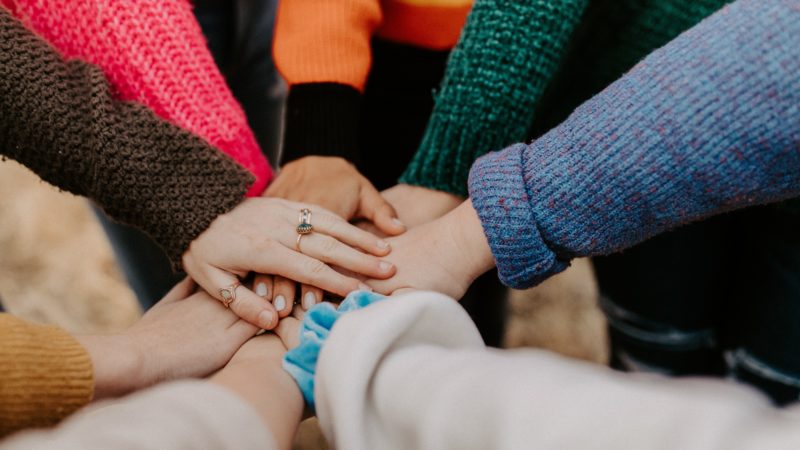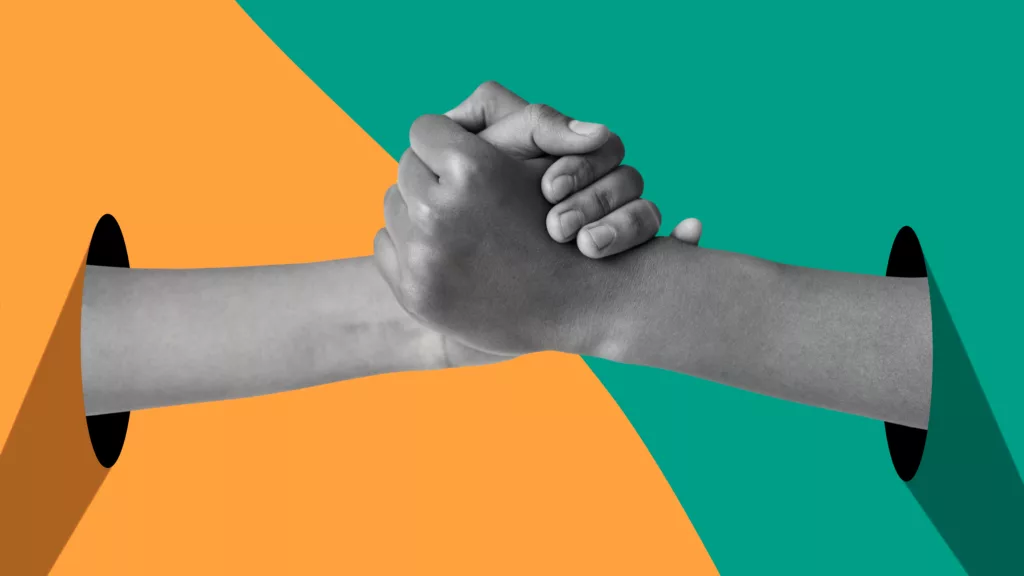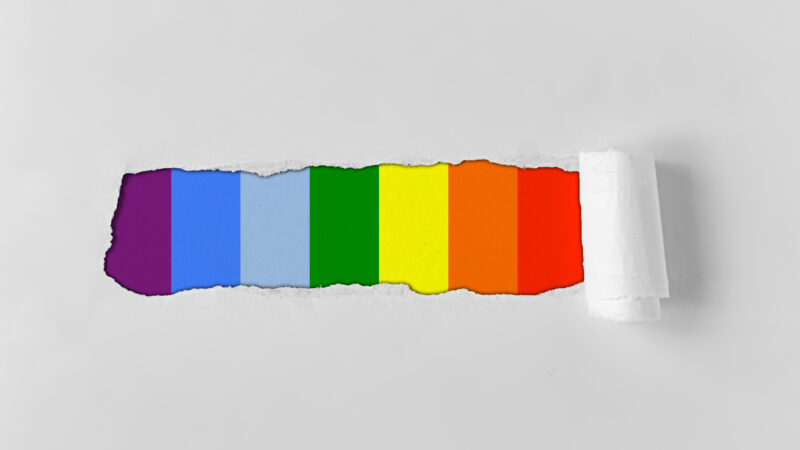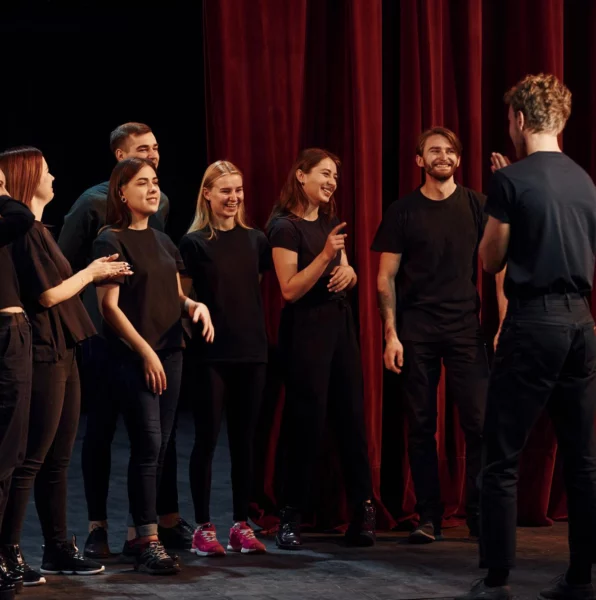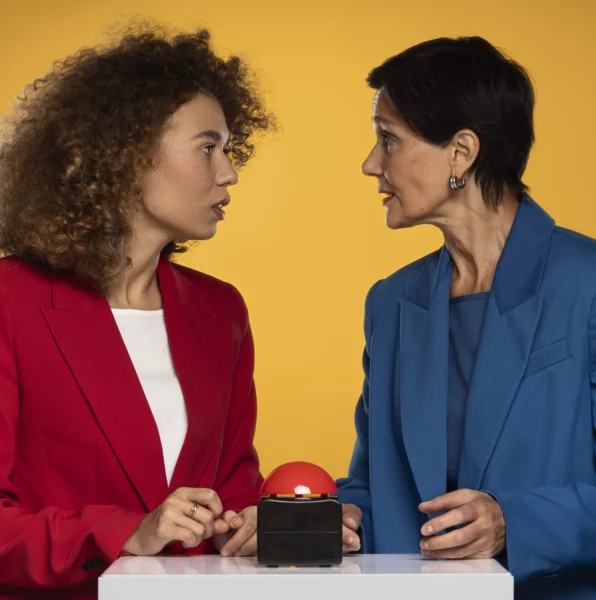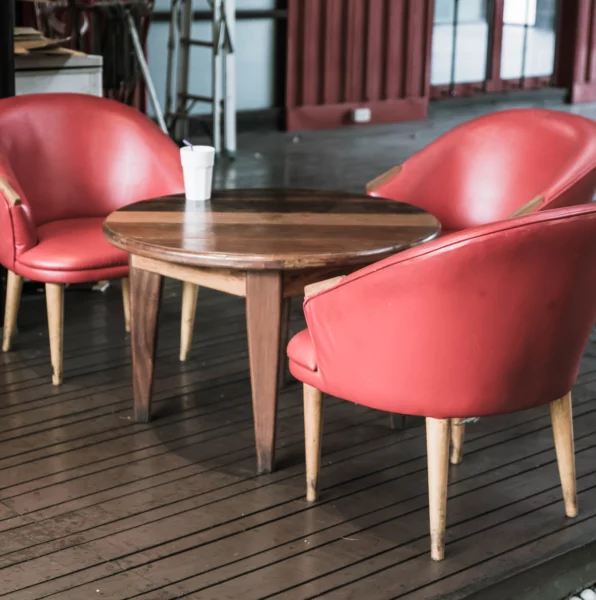The 2023 Inclusive SciComm Symposium is the Metcalfe Institute’s third gathering. Dr Ana Porras, a member of the organizing committee, talks about the themes of the upcoming conference and the importance of opening up the field to the global community.
“Non-traditional formats and discussions can result in a more productive conference”
Prof. Porras, you are a member of the Planning Committee for the Inclusive SciComm Symposium on practical approaches for advancing inclusive science communication. Why is it necessary to discuss diversity, equity and inclusion in science communication?
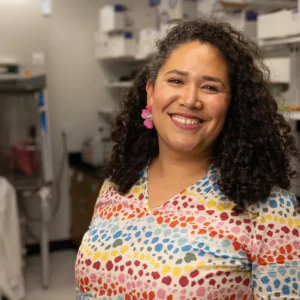
The purpose of science communication is to engage with audiences outside of the scientific mainstream. If we don’t incorporate inclusive practices there are going to be a lot of people who are going to be left out. A lot of research has shown that diversity brings innovation and that having multiple perspectives allows us to solve difficult, complex problems. If you, as a science communication researcher or practitioner, are not mindful of this, you will inadvertently exclude these audiences or deliver your messages in a way that does not connect with them. We need to make sure that we have different perspectives in the dialogue about science in general.
In 2020, Katherine Canfield and Sunshine Menezes published a landscape study of the state of inclusive science communication. They say that “inclusive science communication is fundamentally characterized by three key traits that must exist concurrently”. Could you elaborate on them?
The study was conducted during the 2019 Symposium and other various conferences. The three key traits were the result of survey interviews with a variety of science communicators. Behind the first one, ‘intentionality’, is the idea of sending out an intention to incorporate inclusive practices from the beginning. You have to actively seek out inclusive practices and maybe you have to acquire more training yourself before you can incorporate some of them.
‘Reciprocity’ is the idea of engaging with communities in a dialogue. It’s important that we talk to the audience in a way in which they can comprehend the information and take something away with it. A science communicator who, in the deficit model of science communication, would simply overload the audience with ideas and information, which the audience would passively receive, is out of date. Rather, it should be a two-way street where the communicator also learns from and listens to these communities.
And ‘reflexivity’ is the idea that you also need to spend time reflecting and thinking about what it is that you have done in the past, what you can do better, what you can learn from others, maybe acknowledge where you’ve made mistakes and then go forward from there.
What themes will you focus on with this year’s Symposium?
We usually have several themes. The first theme this year is ‘Language matters’ and we thought about this from two perspectives. The first being that English dominates the scientific discussion. It can completely cut out people who don’t speak English. The other part of it is the type of language we use. For example, language that is very ableist can alienate people with disabilities. Another theme is ‘Promising Practices for Measuring Success and Outcomes’. We are hoping that the proposers who are organizing this session will teach us new approaches to evaluate the success of science communication initiatives beyond visitor numbers or click rates. The final theme is ‘Building Trust and Relationships’. It’s about building communities within the Inclusive Science Communication space and how to build long lasting relationships with the communities you’re interacting with.
The symposium is organized by the Metcalfe Institute at the University of Rhode Island, but is open to an international audience. How does the symposium ensure a global participation?
The first Symposium was in 2019, which was happening in person and therefore, it included only US and a few Canadian attendees. 2021 was completely virtual because of the COVID19 pandemic and because of that, we were able to advertise the Symposium pretty broadly. That’s when we really started to see a wider participation from people around the world. There were sessions from Brazil, the UK or Colombia. Then we started to think about multiple languages. We played around with the idea of featuring sessions in other languages. It allowed us to play with this idea of bringing a more global community into the inclusive science communication sphere.
This year we wanted to have the opportunity to go back in person without losing this aspect of being able to communicate with people who are outside of the United States or who are here but cannot travel. That’s why we have a hybrid event this year. Especially in the virtual part we have several attendees from around the world. For an in person keynote we are reaching out further from what we usually had done in the past, which was a little bit more US-centric.
The Symposium puts an emphasis on those who often experience exclusion at conferences. What arrangements will be made for accessible access?
The first thing we do is we ask session proposers to think about accessibility from the moment they submit their proposal. Oftentimes that includes things like live captioning or translation on Zoom. We also ask our attendees to mention whether they need sign language interpreters and we try to accommodate that as best as we can. We encourage our session leaders to think about multiple ways of delivering information to allow for people who have different learning styles to take in the presentation.
For the in person component of the Symposium, a lot of thought has also gone into making sure that we have access for people in wheelchairs. The other unique thing is that there will be a quiet room for anyone who might need a little bit of down time and doesn’t want to be exposed to a conference setting at all times. Additionally we recently discussed our COVID policy, because we are going through another COVID wave right now. We encourage people to wear masks or ask our attendees to test before coming to the event if possible.
In 2021, you established a Community Cohort to follow up on the approaches discussed in practice. Who is part of this cohort?
It’s about ten people and they are all a part of the science communication sphere as community organizers or leaders. They bring a different perspective to the Symposium. The idea of the Community Cohort came about, because we asked ourselves who was commenting on inclusive science communication and who was being left out of these conversations. We realized that there were a lot of practitioners, sometimes communication researchers or science journalists participating, but community partners were absent. This is a problem, because it’s one of the tenets of science communication to build these relationships. I know there are plans to incorporate the Community Cohort a little bit differently this time, but I don’t want to give too much away just yet. Stay tuned!
This year’s meeting will be the third, with 2019 being the first Symposium. What is your interim conclusion of how the symposium has developed over time?
Over time, it has become a safe space to learn and a place to have different conversations for many of us in the inclusive science communication community. When I compare the sessions that I attended in 2019 to the kind of sessions that are being proposed now, it feels like the community that attends the Symposium as a whole is delving into deeper and deeper conversations and discussions about inclusive science communication. I feel like in 2019, many of us were looking for very basic tips and now we have evolved past that to discussing some of the bigger challenges.
Together with Prof. Brian Aguado you also started the Initiative ‘Latinx in Biomedical Engineering’. What are you hoping to take away from the Symposium for the project?
In 2019 we started with our virtual community and this year we’re having our first symposium in person. Of course we thought about how we can make our spaces a little bit more inclusive, either in terms of providing subtitles or because a lot of people in our Community speak Spanish, one of the competitions is going to be in Spanish. What I really took away from the Inclusive SciComm Symposium was that you don’t have to do things the way they’ve traditionally been done. For example at the Inclusive SciComm Symposium people are encouraged to propose sessions freely, therefore there will be meditation sessions and crafting corners. I think that non-traditional formats and discussions can result in a more productive conference.
What would you say are the biggest challenges for inclusive science communication?
It can be a real challenge to ensure inclusivity if you don’t have the resources. Therefore one thing that we are trying to address with the Symposium is this idea of forming a community and ensuring that science communicators can exchange knowledge and best practices with similarly minded communicators.
The other thing that is challenging is that all the things I mentioned before require time. They are not easy things to do in a one-off event. It requires building trust in the community and that’s not really something you do once, it’s work that is something you do over a long period of time.
Further information
- The symposium will take place at the University of Rhode Island in Kingston, Rhode Island, U.S.A., October 19-21, 2023; virtual sessions will be held on 9/29/23, 10/6/23, 10/13/23, and 11/3/23.
- The Inclusive SciComm website provides a crowdsourced list of selected resources for further education on inclusive science communication.
